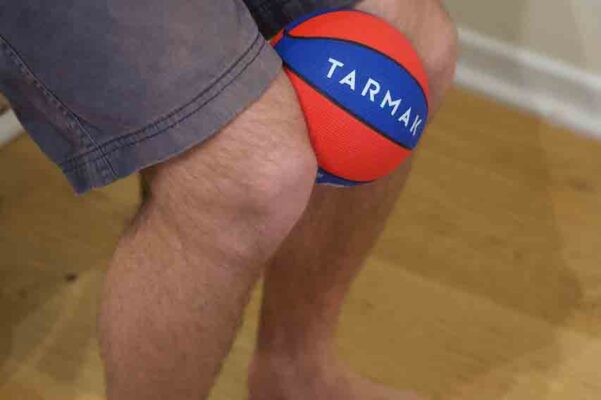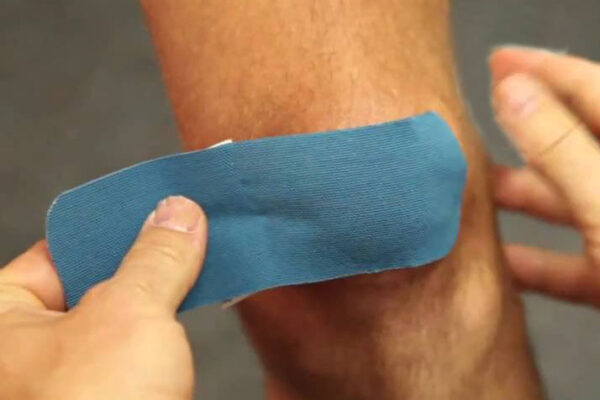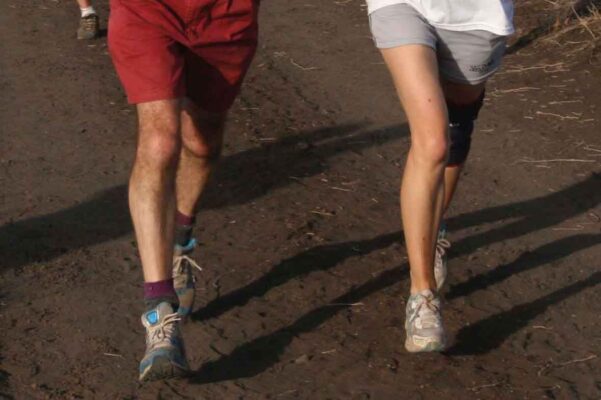What is Chondramalacia patella?
Chondromalacia patella is one of the most common causes of chronic knee pain. Chondromalacia patella results from degeneration of cartilage due to poor alignment of the kneecap or patella as it slides over the lower end of the thigh bone. This process is sometimes referred to as patellofemoral syndrome.
The causes
The patella or kneecap is pulled straight up over the femur every time the Quadriceps muscle is contracted. Patients with chondromalacia patella often have an abnormal patellar “tracking” where the kneecap is pulled outwards which causes the undersurface of the patella to grate along the femur bone. This inevitably causes chronic inflammation and pain. Some people are more predisposed to develop chondromalacia patella:
1. Females- due to the anatomy of wider hips
2. Runners or athletic people especially those with knock-knees or flatfeet
3. Some people have an unusually shaped patella undersurface.
What are the symptoms?
1. Pain on walking up and downstairs- especially down
2. Tenderness around the kneecap especially if it is compressed
3. Grating or creaking noise when the knee bends and straightens


The main treatment aim for rehabilitation of chondromalacia patella is to correct the tracking of the patella.
1. Avoid irritating it-Initially it is best to avoid movements that irritate the pain such as too many stairs or bent knee activities such as squats.
2. Ice- Ice can be applied and normal anti-inflammatory tablets can be taken.
3. Taping
This is also extremely useful to off load the kneecap while enabling it to settle. There are good videos on Youtube that explain how to do this. The best tape to use is K Tape or Kinesiotape which can be bought on Amazon. K-tape have their own videos which are very informative. Make sure that you do not have any allergies to plasters before applying. If you are using it regularly you may want to shave the hairs to avoid irritation.
Link to K tape at the bottom of this page
4. Strengthening the inner part of the Quadriceps
The way the knee tracks is dependent on the balance between the outer part of the Quadriceps and the inner part. Unfortunately, the outer part is almost always stronger and this has a tendency to pull the knee cap outwards. So, all the strengthening is directed at the inner Quads.
Initially when it is very sore this can be done by performing a straight leg lift and then turn the leg and lift x 10 x 2. This concentrates the contraction to the inner part of the thigh muscle.
When possible with the tape in place you can perform this exercise-
Wall slides gripping a ball between the knees to concentrate on activating the inner thigh.
See Knee exercises
5/ Posture-
It is also worth working on good posture by strengthening the buttocks and also checking for flat feet and any abnormal wearing of shoes.
If you are unable to tape the knee there are some good knee braces which have a hole for your kneecap and they hold the knee cap in the right position to ease the pain and off load the pressure.
See link below to buy the correct brace
How long will it take to settle?
The treatment should be tried for at least 3 months as it is notoriously slow to settle.
It is worth seeing a physiotherapist for advice as to the cause and best treatment option for you.
Surgical options are available but only appropriate in exceptional cases if nothing else has worked.

